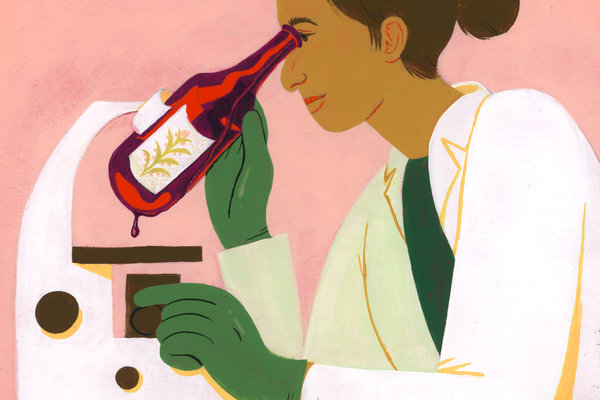Excessive alcohol consumption is not safe for a person at any age, but it is particularly dangerous for older adults.
And according to a study published this week, about one in 10 older adults is considered a binge drinker.
“Binge drinking, even episodically or infrequently, may negatively affect other health conditions by exacerbating disease, interacting with prescribed medications and complicating disease management,” said Dr. Benjamin Han, the lead author of the study that was published on Wednesday in the Journal of the American Geriatrics Society.
Alcohol is also a risk factor for injury, Dr. Han said, but the consequences and recovery from a fall are much more serious for an 81-year-old than a 21-year-old.
The study defined binge drinking as consuming five or more drinks in a sitting for men, and four or more drinks in a sitting for women. And a drink equaled a can or bottle of beer, a glass of wine or a wine cooler, a shot of liquor, or a mixed drink with liquor in it.
Dr. Han’s group analyzed data from the annual U.S. National Survey on Drug Use and Health between 2015 and 2017. In all, the findings included 10,927 adults aged 65 or older who reported their drinking habits in the previous 30 days.
The group did not include adults living in long-term-care facilities or nursing homes, Dr. Han added.
The prevalence of binge drinking among adults 65 and older is still relatively low compared with other age groups, Dr. Han said. Over 38 percent of college-aged adults, 18 to 25, had recently drunk excessively, the highest prevalence of any age group. Adults ages 26 to 34 had only slightly fewer binge drinkers, and the second highest percentage, the study found.
While the drinking habits of teenagers and younger people has been a focus for clinicians and researchers, more attention should be paid to older adults, Dr. Han said.
Timothy S. Naimi, an alcohol epidemiologist and professor at Boston University’s Schools of Medicine and Public Health, said the one in 10 figure “is an impressive number and it’s concerning.”
The number is “undoubtedly an underestimate,” he added, because people tend to miscalculate how much they actually drink and heavy drinkers are less likely to be available or to be included in surveys for other reasons.
Dr. Han said he hoped the study would emphasize the importance for clinicians to screen older patients for alcohol use and to educate them about how their bodies become more sensitive to alcohol as they age.
The study did not examine the causes of excessive drinking or whether this number represents an increase or a decrease from previous years. However, Joseph J. Palamar, an associate professor at New York University School of Medicine and an author of the study, pointed to the cohort itself as a factor.
“I believe that this is driven in part by the baby boomers aging,” Dr. Palamar said, about a group that was more likely to experiment with drugs and alcohol than the generation before it.
Dr. George F. Koob, the director of the National Institute on Alcohol Abuse and Alcoholism, one of the organizations that funded the study, said the findings confirmed trends they have been monitoring.
In 2017, epidemiologists at the institute published a study using data from 2001-2 and 2012-13 that showed that problem drinking was rising among older Americans.
And more women of all ages, who are more susceptible to alcohol-related problems than men, are drinking heavily, Dr. Koob added.
“In the old days, many, many more men drank than women,” he said. “And now the gap is closing.”
This week’s study crystallized a very real problem, Dr. Koob said, especially the pharmacological aspect.
“You can actually kill yourself much more easily with alcohol combined with one of these pills,” he said.
“This is the elephant in the room piece about alcohol that society doesn’t understand,” he said, that alcohol “is a drug and when it’s taken in excess, it can have some pretty harmful effects.”











